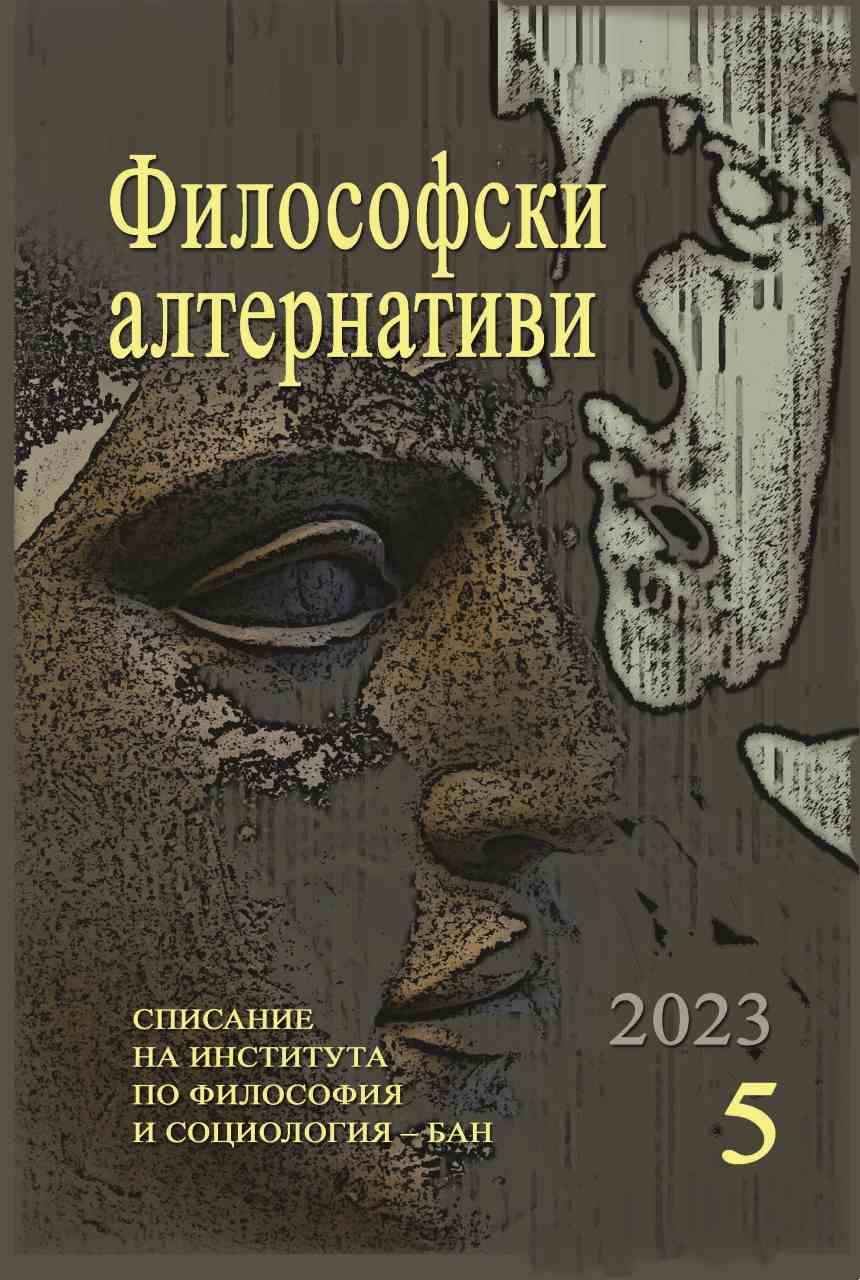Мултижанровият артист в съвременното изкуство: звезда от телевизията или професионалист?
The Multi-Genre Artist in Contemporary Art: TV Star or A Professional?
Author(s): Ivan Svilenov StefanovSubject(s): Philosophy, Social Sciences, Fine Arts / Performing Arts, Media studies, Aesthetics, Communication studies, Sociology, Sociology of Culture, Sociology of the arts, business, education, Sociology of Art, History of Art
Published by: Институт по философия и социология при БАН
Keywords: institutional theory; art world; intentionalism; professionalism; professional; contemporary art; Danto; Heinich; Adorno; Moulin; private galleries; institutional criticism
Summary/Abstract: Is it possible to have a definition of a professional artist in the 21st century? In an era of absolute democratization of artistic forms, can anyone become the author of a work if he wants to be one? The article provides an overview of the definition of a professional artist over the past few centuries and traces the processes that have shaped or modified this definition in the modern world. The analysis refers to the field of institutional theory and examines two specific events of the last six months in Sofia, which serve to demonstrate the thesis that the popular image, formed by television among the mass audience, defined by Theodor Adorno as the halo effect of previous experiences, can give almost professional status to any face, familiar enough from the small screen. In the specific case the exhibitions MO! and DIS/HARMONIES are an illustration of the active influence of television programs not only on the mass viewer, but also on the professional practice in Bulgaria. We draw such conclusions after their authors Maria Sylvester and Ruth Koleva, known for their active participation in entertainment reality formats, were presented in one of the most famous and defined as professional spaces for contemporary art in Bulgaria – the galleries Structura and Credo Bonum. These curatorial decisions are an up-to-date example indicative of the phenomenon of television careerism, which, despite the emergence of streaming platforms and the respective decreasing number of television viewers in the last few years, continues in the logic of its action, described decades ago by Nathalie Heinich and Theodor Adorno. Despite the more general nature of the thesis, the article is a critical analysis on the border with sociological studies of art and specifically addresses the problem of the contemporary art professional.
Journal: Философски алтернативи
- Issue Year: XXXII/2023
- Issue No: 5
- Page Range: 64-71
- Page Count: 8
- Language: Bulgarian
- Content File-PDF

